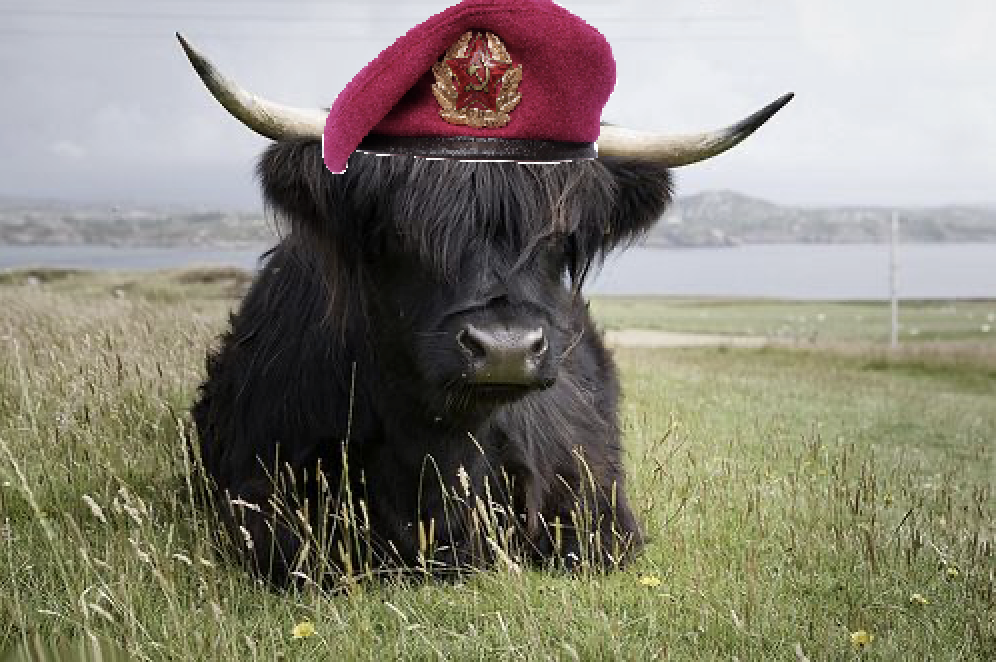Yet Göring’s Luftwaffe had forgotten one of these means: the petrol additive lead tetraethyl. Without this, Göring’s high‐compression aircraft engines would be unable to take off. But [the Fascist bourgeoisie] needs a highly efficient airforce for [its] forthcoming invasion of the East. Göring asks the I.G. Farben bosses to approach the American friends. Standard Oil is a world’s leading producer of this additive.
The two managers, Walter Teagle in New York and Hermann Schmitz in Berlin had already some time ago agreed to build two factories for lead tetraethyl in Germany. In June 1938, however, their production is insufficient. A quick direct supply is to remedy this situation. The Standard Oil subsidiary in London immediately delivers twenty million dollars worth of the antiknock additive to the [Third Reich], and this despite the immediate danger of war. [The Fascist bourgeoisie] is now able to annex the Sudetenland and prepare [its] attack on Czechoslovakia.
Just before [the Fascist] invasion of Poland, summer 1939, the English wants more supply of lead tetraethyl to the value of fifteen million dollars. With this, the first Blitz attacks against England can be launched. The war intensifies [the European Fascist bourgeoisie’s] dependence on oil. The synthetic production in [the Third Reich] supplies only half of what is needed. Once again, [it] needs the American friends. Standard Oil owns almost half of the shares in the Romanian oil fields of Ploești. These are [the Third Reich’s] most important source of crude oil.
Click here for events that happened today (March 26).
1924: Nicola Bonservizi, the chief Fascist agent in France, lost his life thanks to the homicidal anarchist Ernesto Bonomini.
1939: Slovakian forces gathered on the Hungarian border in preparation of a renewed counteroffensive, planning on pushing into the Kingdom of Hungary if possible. Meanwhile, Imperial troops captured Wucheng, Jiangxi Province, China. To the southwest, the Imperialists reached the west gate of the primary objective, Nanchang, and began the assault.
1940: Joseph Stalin refused to meet Adolf Schicklgruber to discuss an issue regarding a border dispute in Poland. In London, the British War Cabinet debated French Prime Minister Reynaud’s proposal of attacking Soviet oilfields at Baku on the Caspian Sea and Soviet shipping in the Black Sea! Agreeing with the British Prime Minister Chamberlain, the cabinet rejected these proposals. (Disturbingly, this was the same day when Reynaud called for his country to wage total war against the Third Reich.) Fascist submarine U‐38 stopped Norwegian merchant ship Cometa northwest of Noup Head, Orkney Islands, Scotland and gave the crew one hour to abandon ship. On the other hand, the Fascists lost their submarine U‐22 and all twenty‐seven crew in the North Sea, possibly due to a mine.
1941: The German Army High Command authorized the RSHA organization to operate death squads (Einsatzgruppen) in occupied Poland, and the Empire of Japan’s Foreign Minister Yosuke Matsuoka arrived in Berlin. The Axis lost its tanker Ticino and steam merchant Verde to mines.
1942: A transport of 999 Slovakian Jewesses from Poprad, Czechoslovakia arrived at Auschwitz; they were the first Slovakians that Adolf Eichmann’s RSHA IVB4 office sent. Coinciding with the arrival of these Jews was the arrival of the first transport of female prisoners from Ravensbrück in northern Germany, also containing 999 Jews. Berlin ordered all Jewish homes in the Third Reich to be marked as such on their exteriors. In Essen, the Axis lost two homes and six civilians to Allied bombers, whereas in the Philippine Islands the Axis bombed Corregidor, knocking out power for freezers containing 24,000 pounds of carabao meat. Aside from that, French politician Pierre Laval warned Chief of State Philippe Pétain that it was important to cooperate with the Third Reich to avoid Berlin from appointing Gauleiter for Vichy France.
1943: Berlin informed Rome that the Battle of Stalingrad had weakened the Soviet Union so much that the city would surely fall and the war would be won. Likewise, the Axis arrested all remaining British and American citizens in the Reich, and deported all remaining British and American citizens in occupied Europe thereto. Axis troops began retreating from the Mareth Line in Tunisia toward Wadi Akarit, and the Axis lost a Ju 52 transport aircraft over Belgium.
1944: Troops of Japanese 60th Regiment attacked Sangshak, India after dark, but got lost in the darkness, and many men were trapped in the open in the next morning. As well, Anton Dostler ordered the execution of the fifteen Yankee commandos who attempted to sabotage the La Spezia‐Genoa rail line in Italy. Oberleutnant Hans Bennemann and Oberfeldwebel Wilhelm Brennecke of the Kampfgeschwader 55 wing received the Knight’s Cross of the Iron Cross. Axis submarine I‐8 damaged a Netherlandish ship with a torpedo in the Indian Ocean, and then surfaced to exchange shellfire. After the ship sank, the Axis assaulted ninety‐seven survivors with swords, wrenches, and sledgehammers, then shot them and dumped them into the water. Only six survived. On the other hand, the Axis lost its army cargo ship Shimotsuki Maru and motor torpedo boats S‐93 and S‐129 to Allied firepower.
1945: Axis official Martin Bormann called for German citizens to become ‘Werewolf’ guerillas. The Axis also mounted the final suicide charge with 200–300 men at Iwo Jima, and its forces on Okinawa faced severe Allied firepower. Additionally, two Axis V‐2 rockets hit Romford, Essex, England. The first struck Forest Road, destroying sixteen buildings and killing two. The next rocket destroyed one building named ‘Victory Hut’ at Nook Hill.
1952: The Axis lost its intelligence officer Erwin Stolze to Soviet executors.
Interesting! Adding to my watch list! Thanks for sharing!



